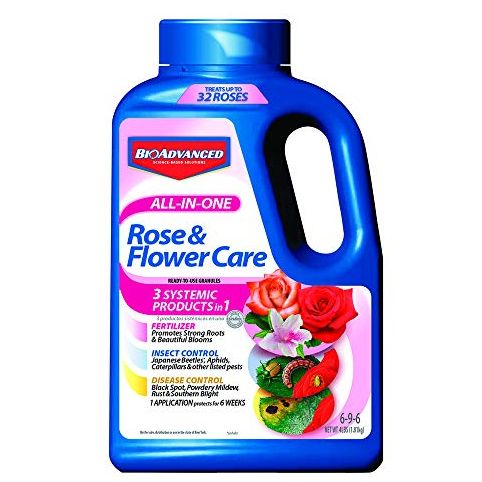What to Do With Roses in November – 5 Crucial Tasks to Ensure Exquisite Flowers Next Year
Discover how to care for roses in the fall
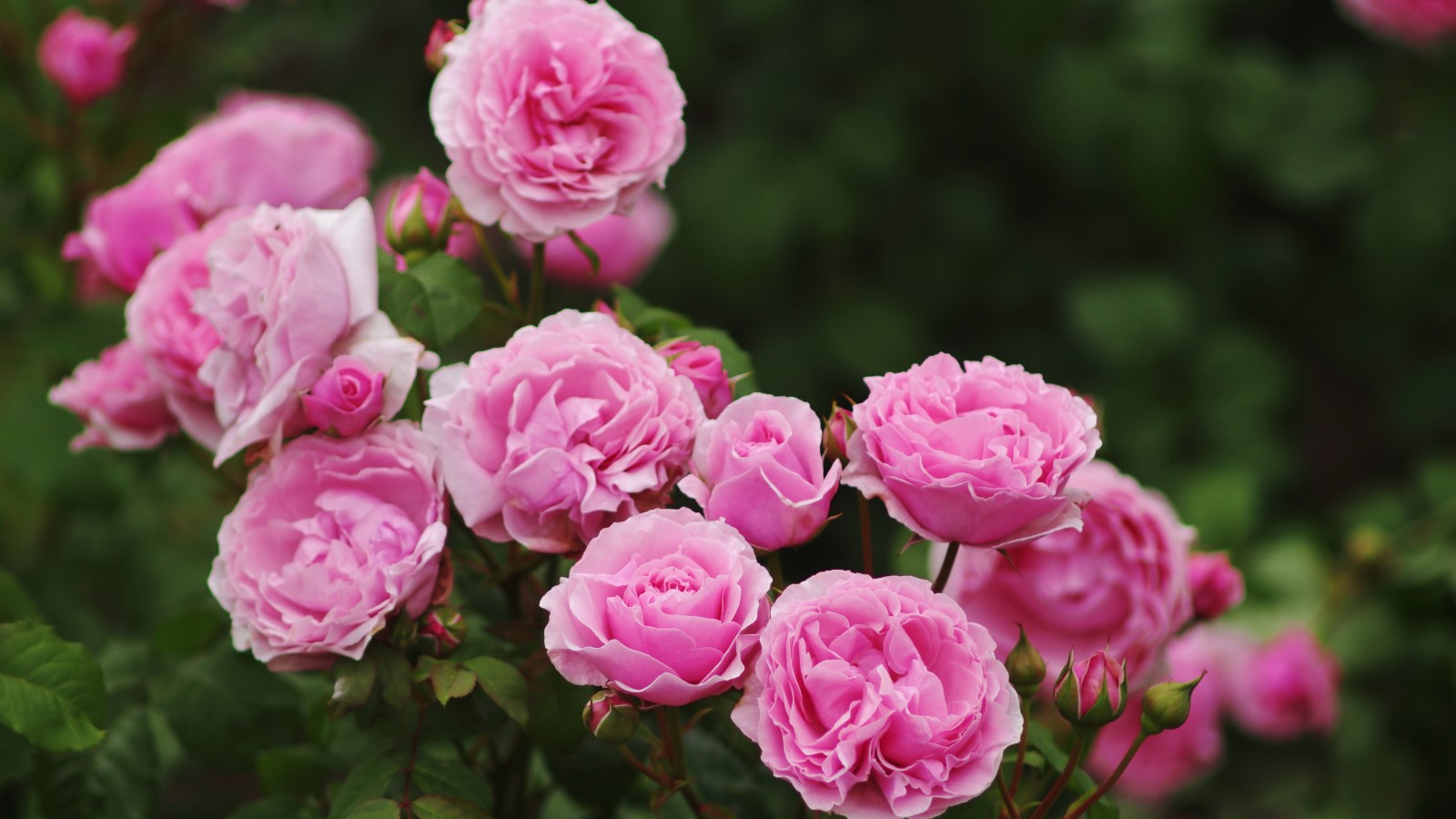

Roses may seem far from their summer splendour in November, though in warm falls, there may be a flower or two stubbornly remaining. If you want to guarantee another bumper display of those glorious blooms next summer and keep your precious roses healthy, there are some key tasks to do this month.
If you want to expand your display of flowers, it is an ideal time to plant roses. For established roses, November is perfect for mulching plants, protecting container-grown roses, and performing essential maintenance to guard against wind rock and black spot.
After pruning, watering, feeding, and deadheading all summer, you may think the hard work of growing and caring for roses is over for the year. However, there are a few jobs still to do, and the results are worth the effort. To keep your roses in tip-top shape, we highlight some important November rose care jobs that make a big difference come next year.

What to do with roses in November
A little work goes a long way. These November rose care jobs are simple to do, and won’t take up many hours of your day. Remember to add the following to your fall gardening checklist to ensure you have beautiful, healthy rose blooms to enjoy come summer.
1. Plant bare-root roses
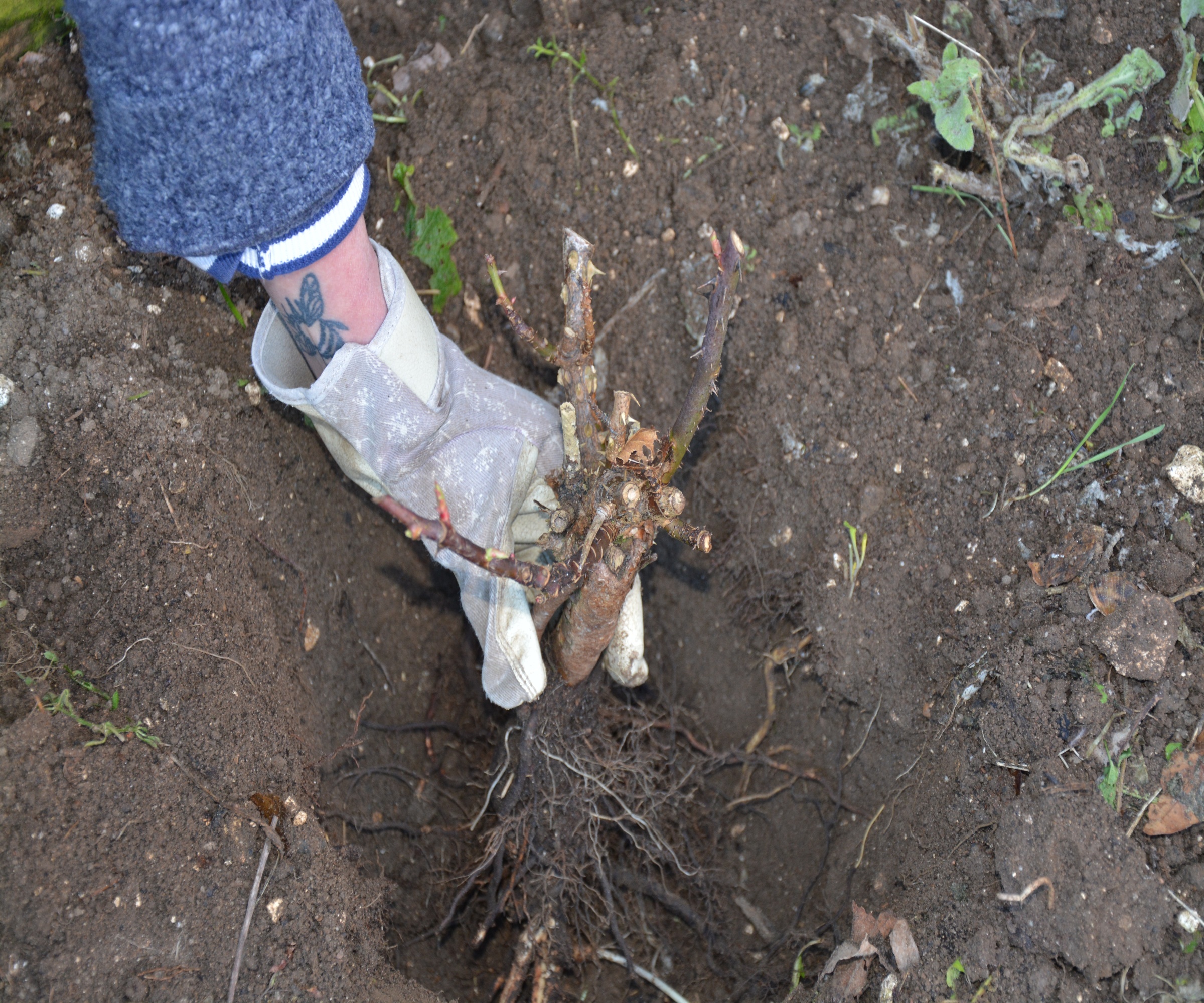
Fall is an excellent time for planting roses, whether bare-root or container-grown plants. Bare-root roses are commonly available during dormancy from November to March and offer a convenient, more budget-friendly way to expand your collection of rose garden plants.
Provided the ground is not frozen, plant bare-root roses as soon as possible after receiving them. If the ground is unsuitable, you can keep plants in their packaging in a cool, dry place for a couple of weeks. Otherwise, you may need to heel-in plants until the time is right for planting.
It is beneficial to incorporate lots of organic matter, such as compost or well-rotted manure, into the site before planting. This will help improve the structure and boost soil nutrients, helping the new rose to establish strong roots.
Design expertise in your inbox – from inspiring decorating ideas and beautiful celebrity homes to practical gardening advice and shopping round-ups.
Soak the roots for at least two hours before planting bare-root roses to rehydrate them. You then want to position the rose in the planting hole so the graft union at the base of the stem is an inch below soil level. Refill the hole around the rose, firm the soil down, and give the plant a good watering.
See the range of roses at Nature Hills
See the range of roses at Amazon
See the range of roses at Walmart
2. Mulch your plants
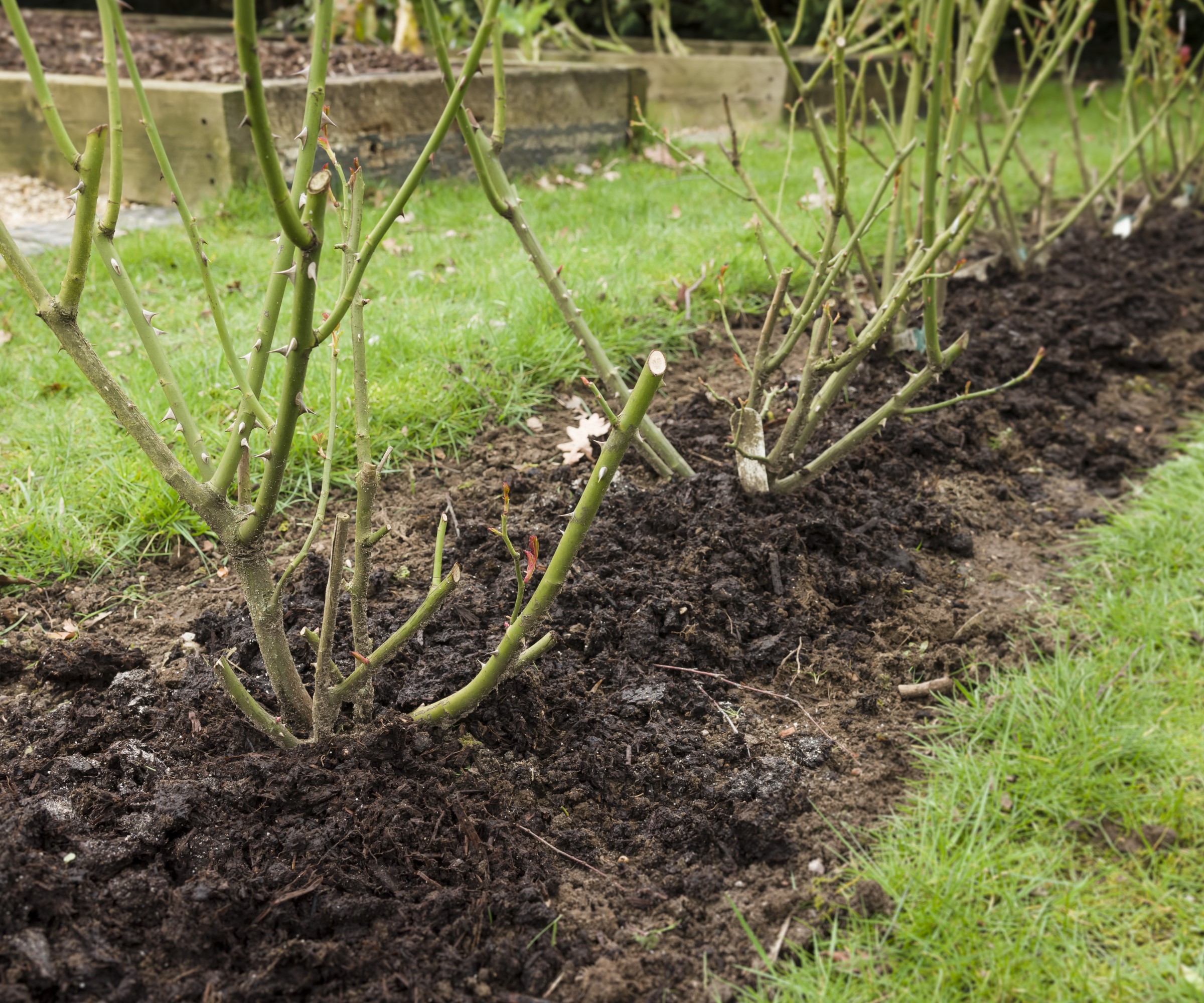
Mulching should form an integral part of winterizing roses. If you haven’t done it yet, add it to your to-do list for November.
Adding a layer of organic mulch two to three inches thick will insulate the roots and protect them from winter frosts. It also retains moisture in the soil, adds nutrients as it breaks down, and suppresses weeds.
The best mulch for roses includes garden compost, leaf mold, and bark chippings, such as this organic premium mulch at Amazon.
Mulch around the base of the plant in a circle as wide as the plant’s branches, but don’t pile it against the stems. Keep the mulch at least an inch from the stems to avoid rot.
3. Prune to prevent wind rock
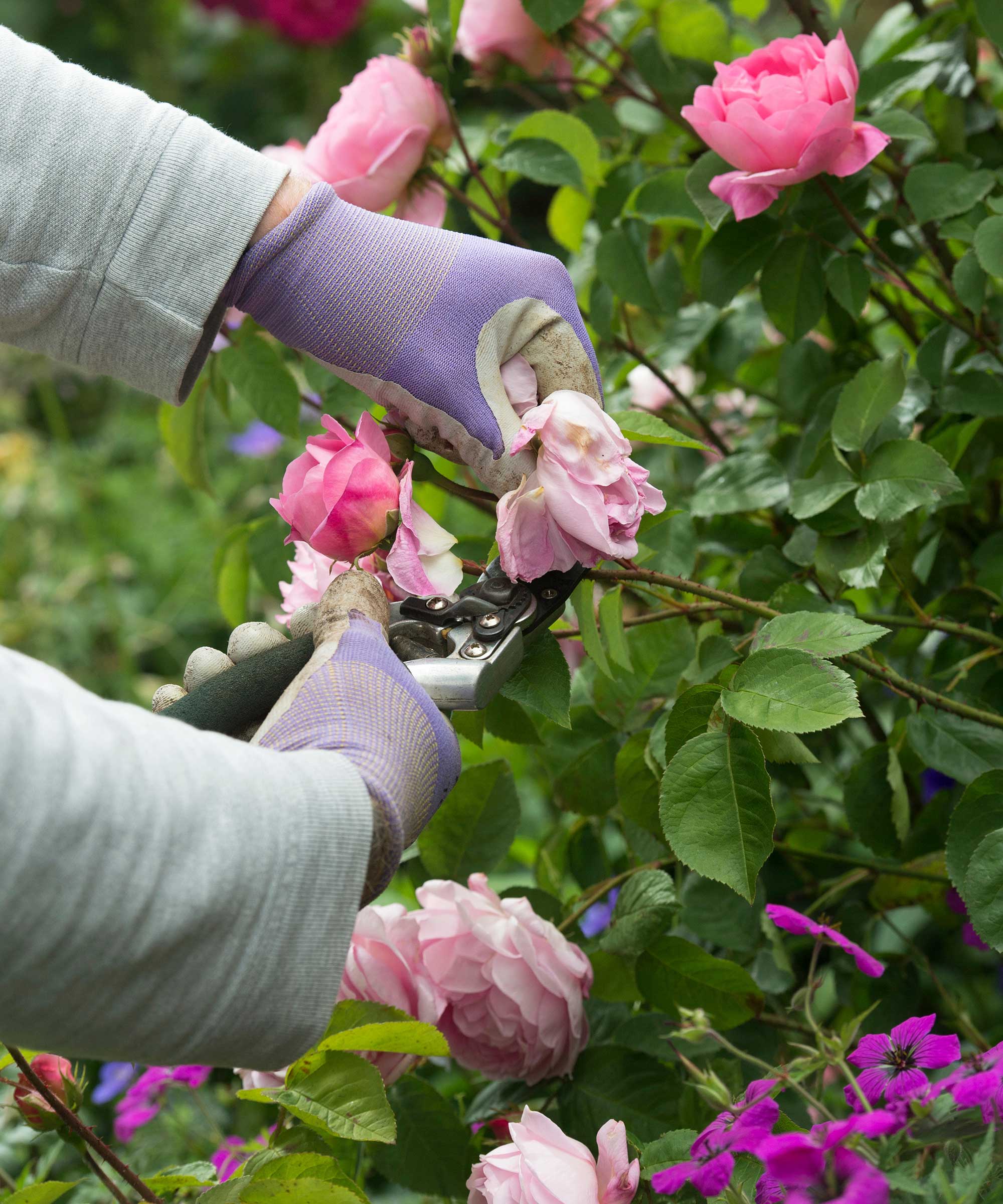
Knowing when to prune roses is important. November is not a time to fully prune shrub roses, which should be done in late winter or early spring. However, it is a time to shorten stems to prevent wind rock if you have tall roses or a garden in a windy location.
Wind rock can damage roots as plants rock back and forth and, in extreme cases, cause roses to be blown over and ripped from the ground due to strong gusts.
As for how to prune roses so they don’t succumb to wind rock, it is as simple as cutting back tall stems by around a third. You don’t need to be too bothered about neatness, just cut to an outward-facing bud. You’ll return to the shrubs in late winter to do more detailed pruning.
What is important is ensuring your pruning tools are clean and sharp, so you make proper cuts and prevent spreading diseases. A simple pocket-sized sharpening tool like this on Amazon can be used to sharpen pruning shears while working in the yard.
4. Remove fallen leaves to prevent black spot

Rose black spot is a troublesome disease. You can use fungicides to treat the rose disease, but if your rose has had black spot for one year, it increases the chance of it getting infected next year. However, there are measures you can take in the fall to reduce those chances.
You should collect any foliage that has fallen from the bushes and dispose of it. Infected leaves left on the ground will harbour the fungal spores. These can overwinter in the soil and then infect the plant again next year, usually by being splashed up onto the leaves during rain or watering.
Collect and bag up any foliage showing signs of disease, including powdery mildew and rust, as well as black spot, and bin them. If diseased foliage remains on the plant, prune it off and then sanitize your pruning shears. Never use these leaves to make compost, as you can spread the disease around the garden.
Mulching is also helpful in preventing black spot. It buries the spores deeper in the ground, reducing the chance of them splashing up and re-infecting your roses.
5. Moves roses in pots to a protected spot

Shrub roses are hardy plants, but they are more vulnerable when grown in containers. The roots of container plants are more susceptible to frost, as there is only a thin layer of compost and pot between their roots and the cold.
If you grow roses in pots, move them to a more sheltered spot to protect them from the worst of the winter colds. Protecting pots in winter can be as simple as putting them next to a wall, moving pots close together for added insulation, or putting them into an unheated greenhouse.
However, if your roses are in large planters and are not easy to move, there are simple ways to protect plants from frost. The pots can be given extra insulation by wrapping them in burlap, bubble wrap, or protective winter covers, such as these frost protection bags at Amazon.
FAQs
Do I need to water roses in November?
It is unlikely you’ll need to water roses in late fall or early winter, unless the season is unusually mild or dry. You want to avoid overwatering outdoor plants, especially during colder weather, as it increases the risk of root rot.
Can I fertilize roses in November?
You should not fertilize roses this month. Doing so risks the development of fresh, new growth that will be damaged by winter frosts, leaving the rose susceptible to pests and diseases. Wait until early spring to give your roses their first feed of the new season.
Can roses bloom in November?
Some rose varieties, such as repeat-flowering cultivars, may still bloom in November in milder climates. If you are experiencing an unusually warm fall for your region, it may cause your roses to bloom for longer into the season.
Now you’ve got November rose care covered, it's time to add some more monthly jobs to your checklist. Luckily, we’ve got you covered. This guide to plants to prune in November reveals shrubs, fruits, and perennials that may need some TLC. And this piece on plants to propagate in November highlights some great opportunities to expand your collection by taking plant cuttings this month.
Shop rose care essentials:

Drew has worked as a writer since 2008 and was also a professional gardener for many years. As a trained horticulturist, he worked in prestigious historic gardens, including Hanbury Hall and the world-famous Hidcote Manor Garden. He also spent time as a specialist kitchen gardener at Soho Farmhouse and Netherby Hall, where he grew vegetables, fruit, herbs, and cut flowers for restaurants. Drew has written for numerous print and online publications and is an allotment holder and garden blogger. He is shortlisted for the Digital Gardening Writer of the Year at the 2025 Garden Media Guild Awards.
You must confirm your public display name before commenting
Please logout and then login again, you will then be prompted to enter your display name.


